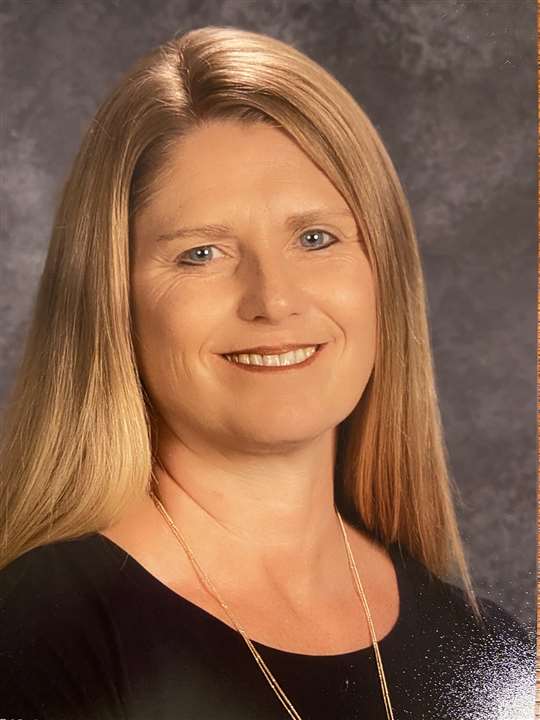Stiltner said she enjoys watching her students mature through learning, but that’s been more challenging since Johnson City Schools moved most classes online in response to the COVID-19 pandemic, which closed schools across the region and nation.
Stiltner spoke with the Press on Tuesday to discuss the challenges that come with remote online teaching.
What’s a typical school year like for you?
I typically have six sections of English III college preparatory classes. My goal is to prepare students for college and careers through their ability to read, analyze and write. Teachers at Science Hill work on a block schedule where we have three courses and a planning block each semester. Most classes have between 22 and 30 students each.
How have you been adjusting to remote online teaching amid closures?
Moving our education to an online format has been challenging; not because we did not have the infrastructure and tools, but because, as teachers, we want to see and interact with our students. Seeing my students’ expressions is part of my teaching. Their expressions often tell me if they are struggling with a concept because I did not state the material in a way they understood. This in-class interaction allows me to go back quickly and restate or provide a different example. Online teaching doesn’t always allow for this interaction.
On the upside of online interaction, our school system works with the Canvas Learning Management System as a means of communication and building instruction. The system allows for students to ask questions, receive and submit assignments including quizzes, tests and essays. Furthermore, it allows teachers and students an opportunity to have discussion, and this online format allows our shier students a great platform for interaction and discussion.
For my classes, I continue to have students read and analyze material then communicate their learning and comprehension through writing. I also have them continue preparation for the college readiness test, ACT.
Even though the ACT has currently suspended their school day testing date, students will be required to have a score before they can apply for college admissions. My students still have to be ready; thus, many of my activities focus on pieces of exam preparation.
What other challenges have you encountered teaching students remotely?
Utilizing technology is not new in most of the classrooms across the Johnson City school system; however, it is not easy to transform the lessons we use to video lectures, PowerPoints or Google Slides. Ultimately, we have to reformat what we do in the classroom for online teaching and all of these changes take time. Even though most teachers are good at talking, we don’t love seeing or hearing ourselves on video. From elementary school to the high school, any activity a teacher uses has to be created. If we have several years of experience, then we likely have many activities to use for specific lessons. When this has to transform to a virtual activity, it can be time consuming to not only reformat but make sure it works the way we intend. No one should assume this remodel of education is a breeze.
In your years teaching, have you ever experienced anything quite like these closures?
In the 16 years I have been with Johnson City Schools, we have not experienced a significant closure of any kind. The closest I’ve seen is a heavy snow several years ago that kept us out for about five days.
What do you think are the biggest challenges in public education in general? How do you think teachers should tackle them?
In the high school setting, our biggest challenge is life itself. These students are maturing and gaining more responsibility from society and home. This often adds a new layer of time management students find difficult to maneuver. Helping students cope with the various stresses in their lives and balance school work, part-time employment and home life is often a challenge.


